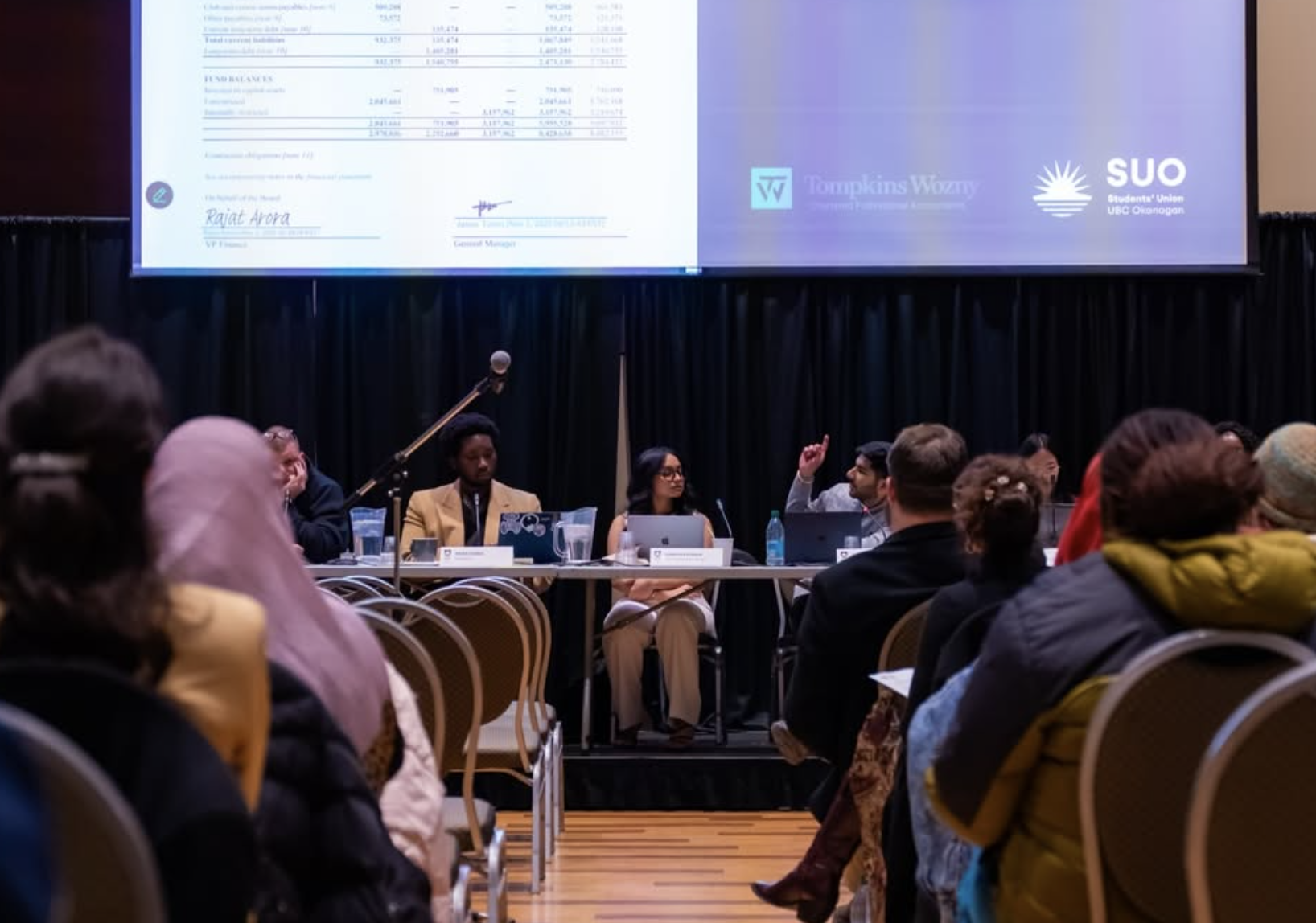
Voter suppression in the United States has been a hot topic this election. With COVID-19 running rampant in the country, many people voted through mail-in ballots. Such an increase in this form of voter participation led to President Donald Trump claiming that mail-in ballots were “a whole big scam” and suggested that it will lead to the “most INACCURATE & FRAUDULENT Election in history.” Trump also refused to contribute more funding to the United States Postal Service to help handle the influx of mail-in ballots.
Since the November 3 election, Trump has begun legal challenges to disallow and stop the counting of mail-in ballots in key swing states; states that will inevitably decide the outcome of the election. He has claimed the counting of such ballots as illegal and has also claimed the presidency for himself, both of which are inaccurate. However, these claims have prompted his supporters to violently threaten those who have been working tirelessly to provide a final presidential vote count.
The clear actions and rhetoric being used by Trump and his supporters to openly attempt to suppress votes, even those that have already been cast, has led to shock and disbelief.
The United States has had a tumultuous relationship with voter suppression ever since the creation of the country’s Constitution. When the American Constitution was written, the Founding Fathers did not preserve the right to vote to every citizen and gave much of the power to determine voter requirements to individual states. This means that voter requirements in one state may be very different in another state.
After the Civil War and the abolishment of slavery, the 15th Amendment was added to the Constitution which made it illegal for states or the federal government to deny the right to vote based on an American’s "race, color, or previous condition of servitude."
During this time, it was the Republican Party that was the majority favoured federal party of the Black vote, and in response to this surge in support that Republicans gained from the 15th Amendment, many Democrat-led southern states established harsh voting requirements in order to disenfranchise Black people. In places such as Mississippi in 1881, poll taxes and literacy tests were enacted which prevented many Black voters from casting their ballot as racism still denied those in the Black community education and economic opportunities.
These types of policies fell under what came to be known as Jim Crow laws which were laws created at the local and state level to impose racial segregation. This led to systemic voter suppression that often resulted in violence directed towards Black people. The success of these types of suppression can be showcased with the data of registered Black voters over the years since the ratification of the 15th Amendment. In Louisiana, Black men registered to vote in 1896 stood at 130,000 whereas in 1904, that number drastically dropped to just 1342.
After the hard-fought struggle for civil rights in America during the 1960’s, the 24th Amendment ratified in 1964 and the Voting Rights Act of 1965 signed by Democratic President Lyndon B. Johnson prohibited many suppressive policies such as poll taxes and literacy tests. After this, Southern Democrats began defecting to the Republican party and the platforms of the two parties undertook a switch.
Nowadays, acts of voter suppression are enlisted by many Republican states in order to combat unproven claims of voter fraud. As the study produced by Project Vote claims, these types of allegations are made in order to shape and restrict the electorate by targeting historically disenfranchised groups in American like the Black community but also immigrants and other people of colour.

“The claim that voter fraud threatens the integrity of American elections is itself a fraud. It is being used to persuade the public that deceitful and criminal voters are manipulating the electoral system,” the study states. “No available evidence suggests that voters are intentionally corrupting the electoral process, let alone in numbers that dilute and cancel out ‘the lawful votes of the vast majority of Americans.’”
International UBCO student Casey Stein believes he was the victim of voter suppression this year when he had difficulty casting his absentee ballot in Republican-run Texas.
“My vote would likely have counted if Trump had not made these moves to restrict mail-in voting and dismantle the postal service,” stated Stein.
He explained that he encountered difficulty upon difficulty after he had requested his mail-in ballot mid-September. When he did not hear anything about this ballot for over a month, he attempted to do a Federal Write-In Absentee Ballot (FWAB) just in case. After spending hours researching and making sure the FWAB was properly filled out, Stein mailed in the ballot. His parents then informed him a week later that his mail-in ballot had arrived at his address in Texas despite him stating that his current address was in Canada. Since he had submitted the FWAB, and considering the time and cost of his parents FedExing his mail-in ballot to him in Canada, in consultation with his parents, Stein decided to rely on his FWAB vote.
“On October 23rd, over 3 weeks after I sent my FWAB and 11 days before the election, I received an email that my ballot had not been counted because I had not filed my ‘FPCA,’” Stein explained in an email to The Phoenix News. “With research I learned that the FPCA was the Federal Post Card Application which, despite not being mentioned in the FWAB instructions, was required to have your ballot counted. The email also made sure to let me know that my FPCA had to be filed by the 11th day before election day (aka the day I received the email), that you cannot send in the FPCA after your ballot and that your ballot is instantly rejected, and that a FWAB emailed with a FPCA is rejected, but that you can send the FPCA over email, but it has to be prior to sending your FWAB or your ballot is rejected.”
After intense frustration and being encouraged by friends to share his experience, Stein spent hours on the three separate voter hotlines. Many of the volunteers he spoke to were too confused about the out-of-state voting process. Stein eventually spoke with an attorney for the Voter Protection Hotline, a group that helps advise individuals on how to make sure their vote is counted. After more hours spent discussing his situation with the lawyer, the two tried to make contact with the office of the Texas Secretary of State. Several times their call was dropped and once the lawyer eventually got through, they were denied the ability to contact the legal department.
Unfortunately, this was as far as Stein was able to get in trying to have his vote counted in Texas--a state where Republican Governor Greg Abbott, a Trump ally, limited the locations where mail-in ballots could be submitted to just one per county. This move was massively criticised by Democrats as voter suppression. Changing demographics that saw the growth of communities of colour in urban areas of the state led many to believe that the historically Red state would turn Blue.
“To me, my experience has just proven that the system is supposed to be as complicated as possible, in every conceivable way,” expressed Stein.
Stein’s experience, as well as the blatantly racist voting policies that have followed every American election since its inception, show that voter suppression in the United States is a systemic problem. The United States likes to boast that its elections are the envy of the world, yet it does not appear to be making a very good case for itself.




